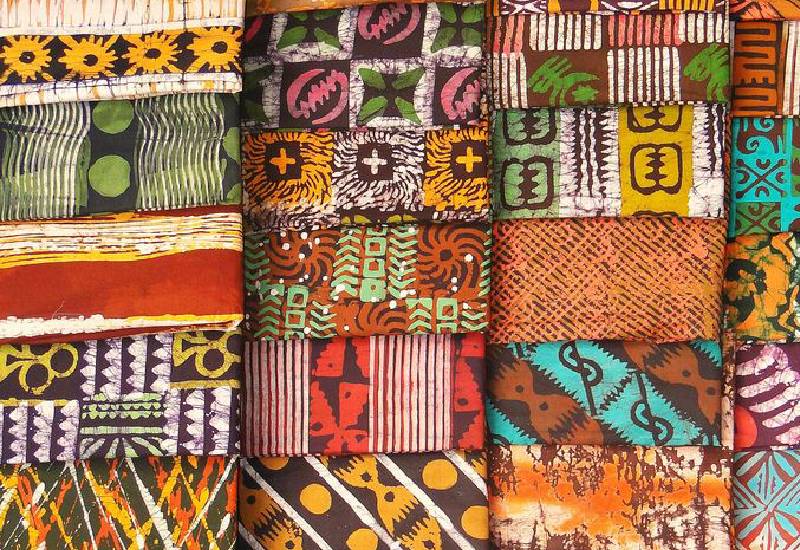Dive into the world of the local fabrics business in Ghana, hence discover the expertise and trust in this flourishing industry represented by age-old designs and skilled craftsmanship.
Introduction:
The local fabrics business in Ghana represents a vibrant tapestry of rich colours, intricate patterns, and a deep-rooted cultural heritage. But how does the scene look in reality? Walk through the bustling markets, meet the capable artisans, and unravel the potential of this flourishing industry. Ready for a rewarding adventure?
Local Fabrics Business in Ghana – A Pulsating Powerhouse
The Ghanaian textile and fabric industry has been an integral part of the economy for centuries. Specializing in locally produced, indigenous fabrics like Kente and Adinkra, the sector buzzes with creativity, skill, and enterprise. What’s the secret behind its success? A combination of unique artistic expression, efficient hand-weaving techniques, and consistent quality, supported by an appreciative market.
How Has Tradition Fueled the Local Fabrics Business Growth?
The local fabrics business in Ghana isn’t just about commerce. It’s a tale of human passion, preserving ancestral artistry, and embracing continuous innovation. The designs these artisans create are as much about telling stories as they are about looking good. Is there a better way to keep cultural identity alive than wearing it with pride?
The Role of Kente
Kente, typically a mix of cotton and silk, is a traditional woven cloth with colourful geometric patterns that dates back to the 11th century. Each design holds a particular meaning, reflecting societal values and norms. Does every Kente pattern speak a unique story? Indeed, from royal status symbols to proverbs, every pattern narrates a fascinating tale.
Adinkra – Symbolism Stitched in Fabric
Adinkra, another Ghanaian fabric favourite, uses symbolic motifs to convey thoughtful messages. Often in monochrome, they can be multi-hued for festive occasions. Is the symbolism inherent in each Adinkra cloth? Each symbol carries a profound message about life, philosophy, or wisdom, adding depth to the wearer’s persona.
Global Influence
Ghanaian fabrics have caught the global fashion industry’s eye, adding an exciting touch to modern design techniques.
Their appeal lies in their authentic African feel, lending an exotic touch to contemporary fashion. Can Ghanaian fabrics stand their ground globally? Their rising popularity seems to answer in the affirmative.
Conclusion
The local fabrics business in Ghana is more than an industry. It’s a time-tested tradition, a mode of artistic expression, an avenue of economic progress, and a mirror of Ghana’s vibrant culture. With new-age designers taking these fabric designs global, the local fabric business’s future looks brighter than ever.
In conclusion, the local fabrics business in Ghana not only represents the skill and expertise of craftsmen but also stands as a testimony to the culture’s rich heritage. Who knew those fabrics could carry such a rich narrative, all the while creating an economic splash at a local, and global level?
Ashantibiz




